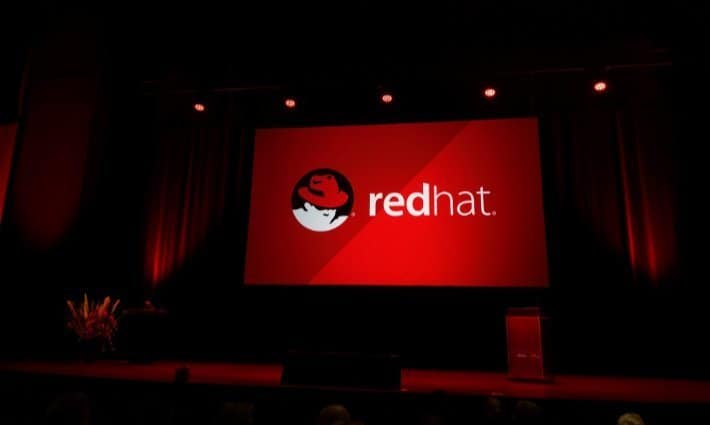Red Hat released a new version of its Ansible Automation Platform solution. The most significant update is the addition of Ansible Content Collections with preconfigured tasks for a large number of applications from its partner ecosystem.
Red Hat doesn’t seem to be idle during the current corona crisis and recently released new versions of its software solutions and applications. These include updates to flagship RHEL 8, Red Hat OpenShift and also the Red Hat Ansible Automation Platform.
Playbooks through Ansible Content Collections
The latter solution now has a much larger release with much more functionality. The most important addition to this platform for automating IT management tasks is the expansion of the number of ‘playbooks’ or tasks via Ansible Content Collections. These playbooks are basically a type of script that can automatically deal with repetitive IT management tasks for specific tools.
The new version includes no less than 17 new playbooks developed by Red Hat that help automate management tasks for partners such as AWS, its parent company IBM, Splunk and Cisco.
Playbooks for Ansible
In addition, new playbooks have been released that should simplify working with Ansible itself. The Ansible Tower Content Collections helps companies to configure, manage and run their Ansible Tower environments on a large scale. The Red Hat Insights Content Collections helps companies automate manual tasks for Red Hat’s analytics platform, such as registering clients or automating compliance work and making the tool function as a dynamic inventory resource.
Furthermore, Red Hat Satellite Content Collections enables the automation of manual tasks within this application. Think of building a Red Hat Satellite environment from start to finish or being able to completely manage a Red Hat Satellite environment using Ansible.
The updates for the playbooks, which are typically released every six to eight months, will from now on be released at a higher frequency, regardless of the release of new versions of the Red Hat Ansible Automation Platform.
Other added functionality
In addition to the arrival of the new playbooks, other functionality has also been added to improve the Ansible Automation Platform. Customers now have access to an automation services catalogue, which is essentially a type of marketplace for applications. Employees can use it to request IT administrators to set up specific solutions, such as Linux servers, in any physical, virtual, cloud or container-based environment.
The release of Ansible Tower version 3.7 also speeds up the execution of Ansible workflows. With these workflows, administrators can, for example, quickly perform tasks for server provisioning.
